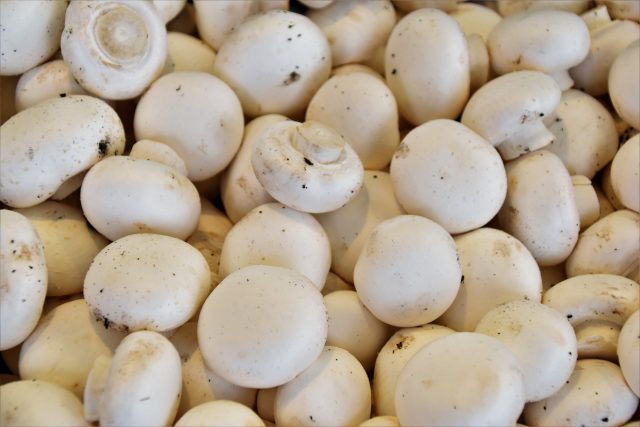The Use of Psilocybin Mushrooms as a Medicine
Psilocybin is a common hallucinogen, which can be found in over 100 types of mushrooms globally. Most of the psilocybin mushrooms are located in South Africa, Mexico, and the USA.
The discovery of psilocybin mushrooms as medicine and therapy is not new. For hundreds of years, psilocybin mushrooms have been used for medical benefits. However, their use was not limited to the medical field but many believed that psilocybin mushrooms could be beneficial for spiritual development. According to several legalized research programs held in the 20th century, there is no harm in using psilocybin mushrooms to cure numerous psychiatric conditions, spiritual prosperity, creative enhancement, and personal growth. However, the use of psilocybin mushrooms should be controlled and monitored very rigorously.
To this day, several types of research are being conducted to analyze the medical use of psilocybin mushrooms. After the 1992 legislations, further studies are being undertaken for a thorough understanding of psilocybin and its potential applications. So far, the diseases and symptoms that have been investigated to be cured through Psilocybin include anxiety disorder, alcohol use disorder, obsessive-compulsive disorder, tobacco use disorder, and depressed mood.
Previous investigations have shown to be unacceptable according to the new standards, but their results helped continue further research in the same direction. The researchers are also studying the potential advantages of psychedelics for various disorders, as stated above.

Considering the latest studies, a group of scientists from Johns Hopkins University has claimed that psilocybin can be a breakthrough in the medical field, providing a cure for numerous disorders and mental health conditions. In a review, written to evaluate the uses and abuses of therapeutic psilocybin, they suggested the reclassification of psilocybin to a Schedule IV drug (similar to sleeping pills) from a Schedule I drug (which is exceptionally harmful and does not have any medical value). Moreover, to the food and Drug Administration, a petition can be signed for reclassification of psilocybin, but to achieve this goal, psilocybin must go through a considerable number of trials and studies to confirm its medical value.
A journal of neuroscience, namely, Neuropharmacology, published the analysis. The study was inspired by marijuana’s legalization. Over time, the potential of illicit drugs has been recognized by the masses, especially psilocybin, which can open new doors of treatments for multiple mental conditions.
Even though it offers many opportunities for new treatments and cures, psilocybin has many drawbacks, which explains why it is listed as Schedule I drugs. Scientists also warn that if psilocybin gets legalized in the future, its use should be controlled and monitored strictly. There are numerous risks involved in experimenting and studying psilocybin, therefore, it should be handled by professionals very vigilantly.
The entire procedure of studying all the Schedule I drugs is high-priced and complicated and has enormous obstacles on its way of legalization, political control due to drug war, mainly. Due to the same reason, the government has been reluctant towards funding academic researches involving psilocybin. However, nonprofit organizations such as the Heffter Research Institute, Beckley Foundation, and Multidisciplinary Association for Psychedelic Studies (MAPS) have been more helpful.


